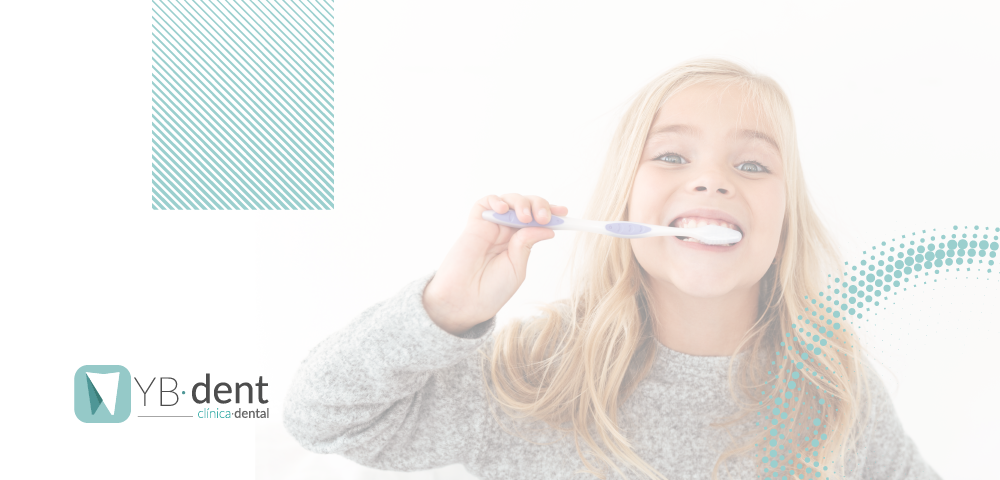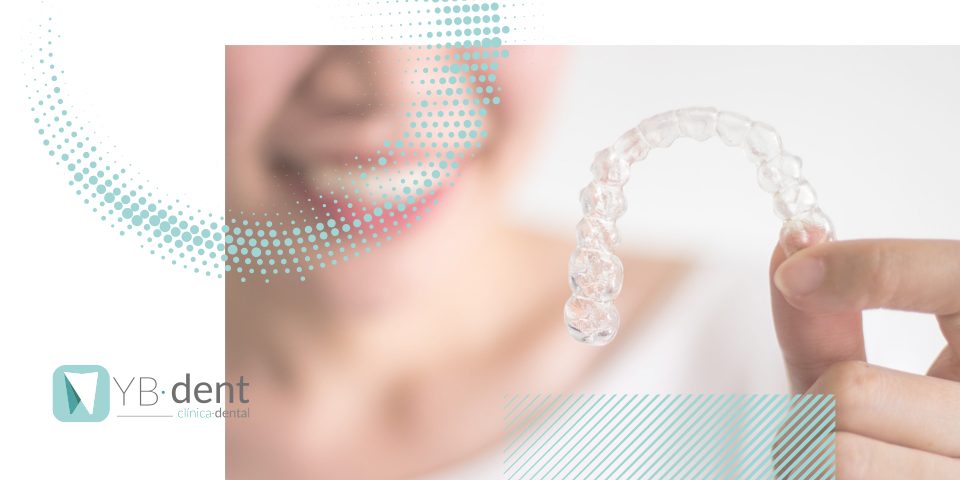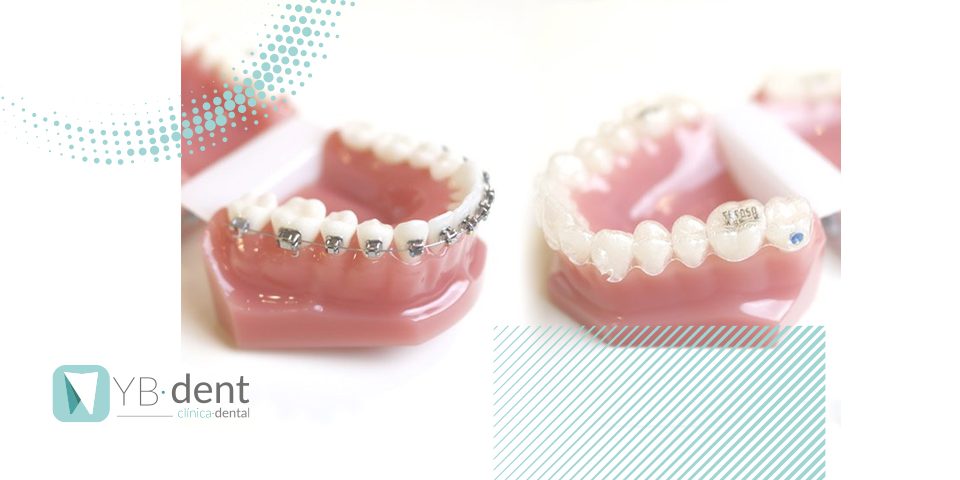Errores muy comunes en el cepillado de dientes

Como sabemos, el cepillado de dientes dos o tres veces al día es lo que recomiendan todos los expertos en salud dental, ya que ayuda a eliminar las bacterias que se acumulan en la boca y evitamos que se introduzcan en el organismo. Sin embargo, y a pesar de ser una acción que realizan muchas personas varias veces al día y desde hace muchos años, no es extraño ver hábitos poco recomendados a la hora de cepillarnos los dientes. Desde Clínica Dental YB·dent vamos a darte unos consejos para ayudarte a realizar una limpieza bucal adecuada.
Consejos para una correcta limpieza bucodental
Tener el cepillo adecuado
Uno de los errores más comunes es el referente a elegir el tamaño adecuado del cabezal del cepillo de dientes. Por ejemplo, un cepillo que posea una cabeza muy grande provocara una tensión elevada e innecesaria en la mandíbula por mantenerla abierta, lo cual dificultará la limpieza correcta de los dientes. Al contrario, un cepillo de dientes con un cabezal demasiado pequeño no tendrá una eficacia tan elevada, por lo que conviene elegir bien el tamaño adecuado en función de la mandíbula de cada persona.
Rutina a la hora de lavarse los dientes
Es bastante común que muchas personas se cepillen los dientes una vez al día, lo cual es insuficiente. Lo recomendable es realizar esta acción, que no dura más de dos minutos, al menos dos veces al día y si pueden ser tres todavía mejor para asegurarse de eliminar todas las bacterias acumuladas en la boca.
Dureza de la cerdas
Es muy importante comprobar la dureza de las cerdas que posea nuestro cepillo porque afectan a nuestras encías de forma directa y a la forma en la que nos lavamos la boca. Las más recomendables son aquellas que poseen cierto ángulo de inclinación y una textura suave, ya que ayudan a no producir heridas en las encías. Por el contrario, las cerdas muy duras y rectas son las menos aconsejables.
Movimientos con el cepillo a la hora de limpiar los dientes
Para asegurarse de una limpieza muy efectiva lo más recomendable es cepillarse los dientes con el cepillo inclinado 45 grados, así como realizando movimientos circulares y verticales en cada uno de los dientes. Por último, cuando se hayan limpiado todos los dientes, se limpia la lengua mediante movimientos suaves y, a continuación, empleamos un enjuague bucal.
No conviene ni quedarse corto ni pasarse
Cepillarse poco los dientes es un hábito muy poco recomendable, pero lo es también lavárselos con demasiada frecuencia. Cinco sería el máximo de veces que se debe hacer al día si no se quiere reducir el esmalte de los dientes y, al mismo tiempo, dañar las encías.
Limpieza del cepillo
Es muy importante limpiar el cabezal del cepillo después de cada cepillado de dientes completo porque si no la próxima vez que te los cepilles pasarás las bacterias acumuladas en este a la boca de nuevo. Por último, antes de guardar el cepillo, se debe eliminar toda la pasta de dientes que pueda haber sobrado y secar las cerdas del cepillo.
Renovación del cepillo
Es muy importante cambiar de cepillo de dientes, o de cabezal en los eléctricos donde este se puede intercambiar, al menos una vez cada tres meses, pero conviene estar atento diariamente a cómo evoluciona el estado del cepillo por si es necesario cambiarlo antes. Utilizar un cepillo en mal estado supone promover la acumulación de bacterias en los dientes, además de dañar tus encías.
Elección de la pasta de dientes
Cada persona es posible que necesite elegir una pasta de dientes adecuada. Si nos perdemos a la hora de elegir que pasta comprar debido a la gran diversidad de marcas que hay en circulación, consultar a tu dentista puede ser una buena idea.
Cepillarse después de cada sesión
El cepillado de los dientes después de cada comida es muy importante ya que se quedan restos de comida en la boca que conviene eliminar. Sin embargo, conviene saber que no es recomendable hacerlo inmediatamente después de haber acabado de comer. Es muy probable que todavía queden ácidos de la comida en la boca que pueden erosionar los dientes. Lo mejor es hacerlo, unos 30 minutos después de haber finalizado la comida.
Desde esta clínica dental en Valencia estamos a tu disposición para cualquier duda que tengas referente a como cepillarte los dientes. Además, ofrecemos una gran diversidad de tratamientos que puedes descubrir desde nuestra página web.
Clínica Dental YBdent se encuentra en C/ Viver 25, 46020 Valencia. Para cualquier consulta, llámanos a: 961 672 098 / 696 556 977.



